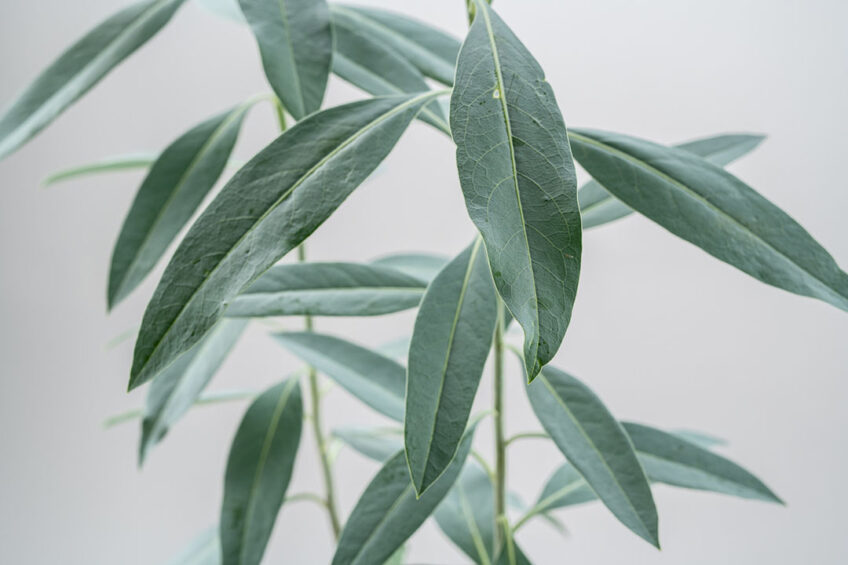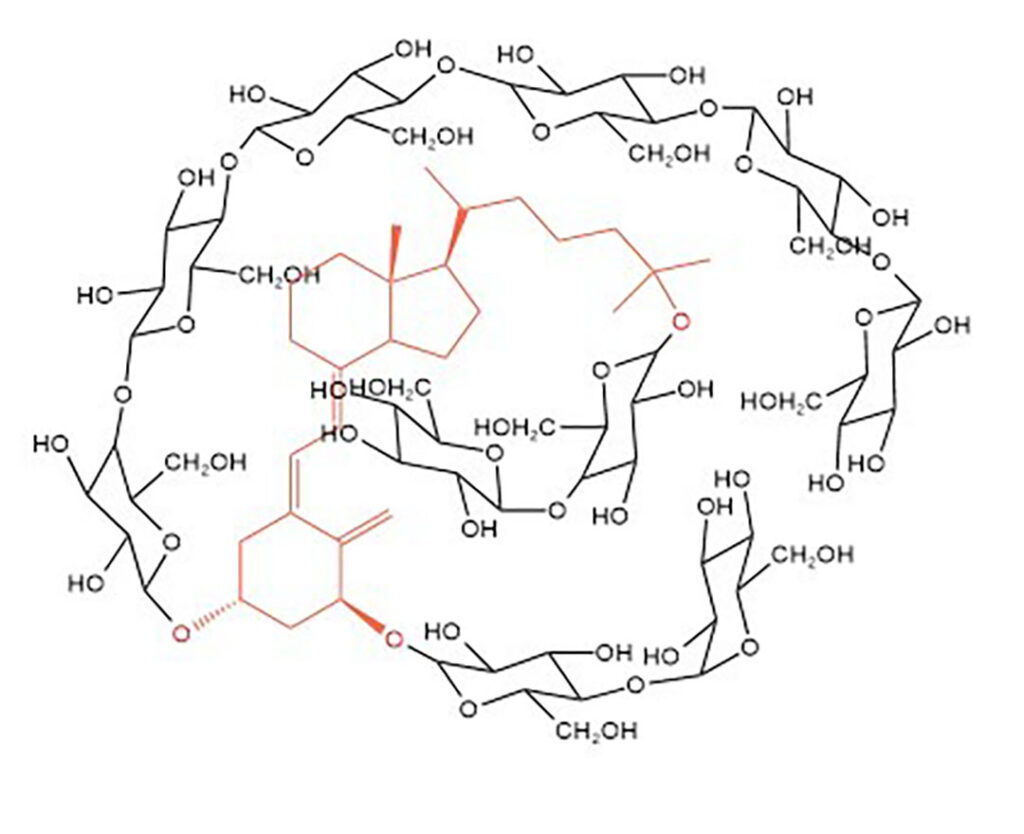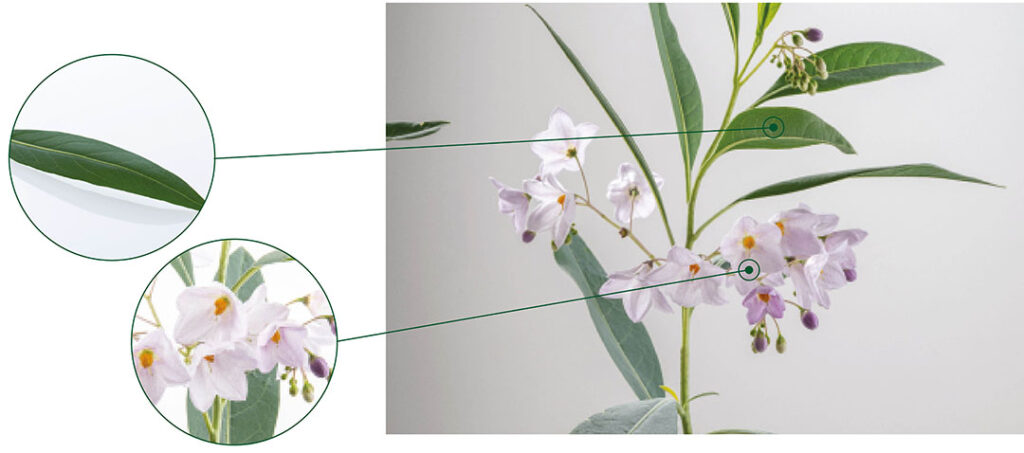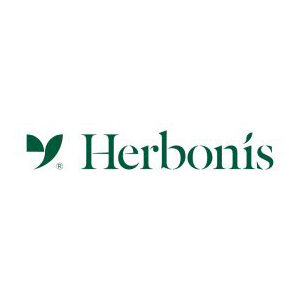Solanum glaucophyllum: The story of a special plant

Phytogenics represent a promising avenue for promoting sustainable animal nutrition and welfare. Harnessing their full potential requires a comprehensive understanding of the plant metabolites, plant cultivation, animal physiology, and feed formulation principles.
All plants produce many different compounds as part of their normal metabolism. These are arbitrarily divided into primary and secondary metabolites. Primary metabolites are necessary for basic functions such as growth, development, and reproduction. Secondary metabolites play an important role in plant defence mechanisms and are produced in response to environmental stressors such as UV radiation, pathogens, or herbivores. These versatile metabolites are also known as phytogenics, botanicals, or plant-derived feed ingredients. They have gained considerable attention in recent years as alternatives to traditional antibiotics and growth promoters in livestock production. The use of phytogenics aims to improve animal health and performance by natural feed supplements.
Key benefits of phytogenics in livestock:
- Improved Digestive Function: Phytogenics can improve gastrointestinal function by stimulating the secretion of digestive enzymes and improving nutrient absorption.
- Natural Antimicrobial Activity: Many phytogenic compounds have antimicrobial properties that help control the growth of pathogenic bacteria in the gastrointestinal tract, reducing the risk of intestinal disorders.
- Enhanced Growth Performance: By promoting better nutrient utilisation and optimal immune function, phytogenics can contribute to improved growth rates, feed conversion efficiency, and overall performance in livestock.
- Reduced Environmental Impact: Phytogenics offer a sustainable approach to livestock production by reducing the need for synthetic additives such as antibiotics, which can contribute to antibiotic resistance and environmental pollution. Also, improved nutrient utilisation will reduce nutrient excretion and the environmental impact.
- Improved Meat Quality: Certain phytogenic compounds have been shown to positively influence meat quality parameters such as tenderness, flavour, and shelf-life, via their antioxidant effects.
Despite their potential benefits, the efficacy of phytogenics can vary depending on factors such as species, origin, plant part, extraction method, dosage, and formulation. All these factors require an in-depth understanding of the plant’s origin in the field, the type and amount of active ingredients and finally about their effect on the animal to achieve optimal results.
The journey of Solanum glaucophyllum
S. glaucophyllum is the plant on which Herbonis put its focus in Research and Development for the last two decades. As with most phytogenics, the special properties of S. glaucophyllum have been known for a long time. People have used the plant since ancient times for the treatment of health conditions such as fever and certain inflammatory conditions. On the other hand, it was feared by cattle farmers, because of the clinical signs of calcification that cattle showed after grazing in areas where this plant was growing in large quantities. Today, we know that these symptoms were caused by ingesting excessive amounts of glycosylated 1,25-dihydroxycholecalciferol (G-1,25(OH)2D3).
It is common for plants to store their secondary metabolites as glycosides. The type and number of sugars varies. This depends on the plant itself but also on processing conditions, harvesting, and drying, among other factors. We discovered in S. glaucophyllum more than 10 sugar units bound to the aglycone (Figure 1). The high glycosylation characteristic of S. glaucophyllum acts as a protective layer, ensuring the stability of the molecule under storage and processing conditions. In the animal digestive tract, enzymes break down this protective layer and release the active aglycone 1,25(OH)2D3, which is then absorbed and can exert its physiological effects.
Figure 1-1,25-Dihydroxycholecalciferol with proposed glycosidic pattern (G-1,25(OH)2D3) simplified.

Quality control and benefit for the animals
To explain the effects of G-1,25(OH)2D3, a little background is required: Exposure to sunlight is known to produce vitamin D3. However, before vitamin D3 becomes metabolically active, two enzymatic activation steps are necessary in the body. The first step, which takes place in the liver, involves the formation of 25(OH)D3. Its level in the blood is used to determine the vitamin D3 status of the body. However, 25(OH)D3 is not bioactive and requires further enzymatic activation to form 1,25(OH)2D3, which occurs mainly in the kidneys. These activation processes can be impaired by inflammation, mycotoxicosis, metabolic disorders, or ageing resulting in a secondary vitamin D3 deficiency.
Of the few plants producing G-1,25(OH)2D3, S. glaucophyllum contains the highest concentration of this molecule. In the beginning Herbonis collected S. glaucophyllum in its natural habitat, and observed a high variability in G-1,25(OH)2D3 content and product quality. Today Herbonis cultivates a selected variety of S. glaucophyllum under controlled farming conditions. This more than 15 years long journey was undertaken according to the Convention on Biological Diversity. Much time has been spent on finding optimal soil conditions, assessing the effects of the microenvironment, and optimising harvesting and drying conditions. In the end this work culminated in the protected variety ‘Hervit 153’ (Figure 2).
Figure 2- Solanum glaucohyllum ˈHervit 153ˈ.

As mentioned above, the glycosides of G-1,25(OH)2D3 are cleaved in the intestinal tract before absorption. Once absorbed, the free 1,25(OH)2D3 shows the same effects as the endogenously produced molecule, while any excess is inactivated in the body.
Apart from the well-known effects on calcium, 1,25(OH)2D3 shows further effects such as immunomodulation and involvement in muscle metabolism, as shown in various broiler trials. There, the dietary addition of G-1,25(OH)2D3 from S. glaucophyllum for example reduced the incidence of femur head necrosis.
Phytogenics are shaping the future of animal agriculture
In conclusion, phytogenics represent a promising avenue for promoting sustainable animal nutrition and welfare. However, harnessing their full potential requires a comprehensive understanding of the plant metabolites, plant cultivation, animal physiology, and feed formulation principles. By leveraging scientific knowledge, technological innovation, and collaborative efforts, we can unlock the transformative power of phytogenics in shaping the future of animal agriculture towards a more sustainable and resilient paradigm.


